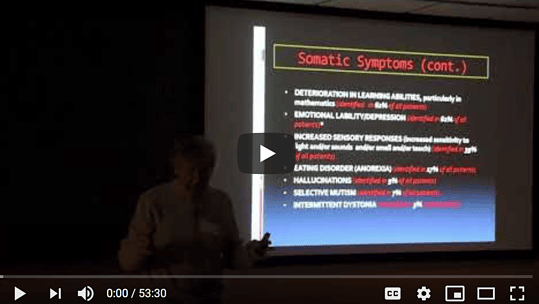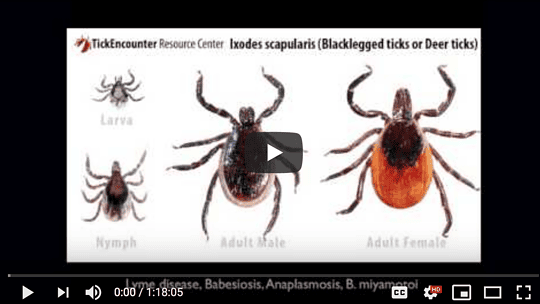
Sudden Onset of Tics, Tantrums, Hyperactivity, and Emotional Lability: Update on PANS and PANDAS – Thienemann, MD, Frankovich, MD, MS
A previously healthy 7-year-old boy suddenly started blinking, grimacing, and jerking his head about every 10 seconds. Uncharacteristically, he hardly sat still and had a tantrum. Ten days after this...









